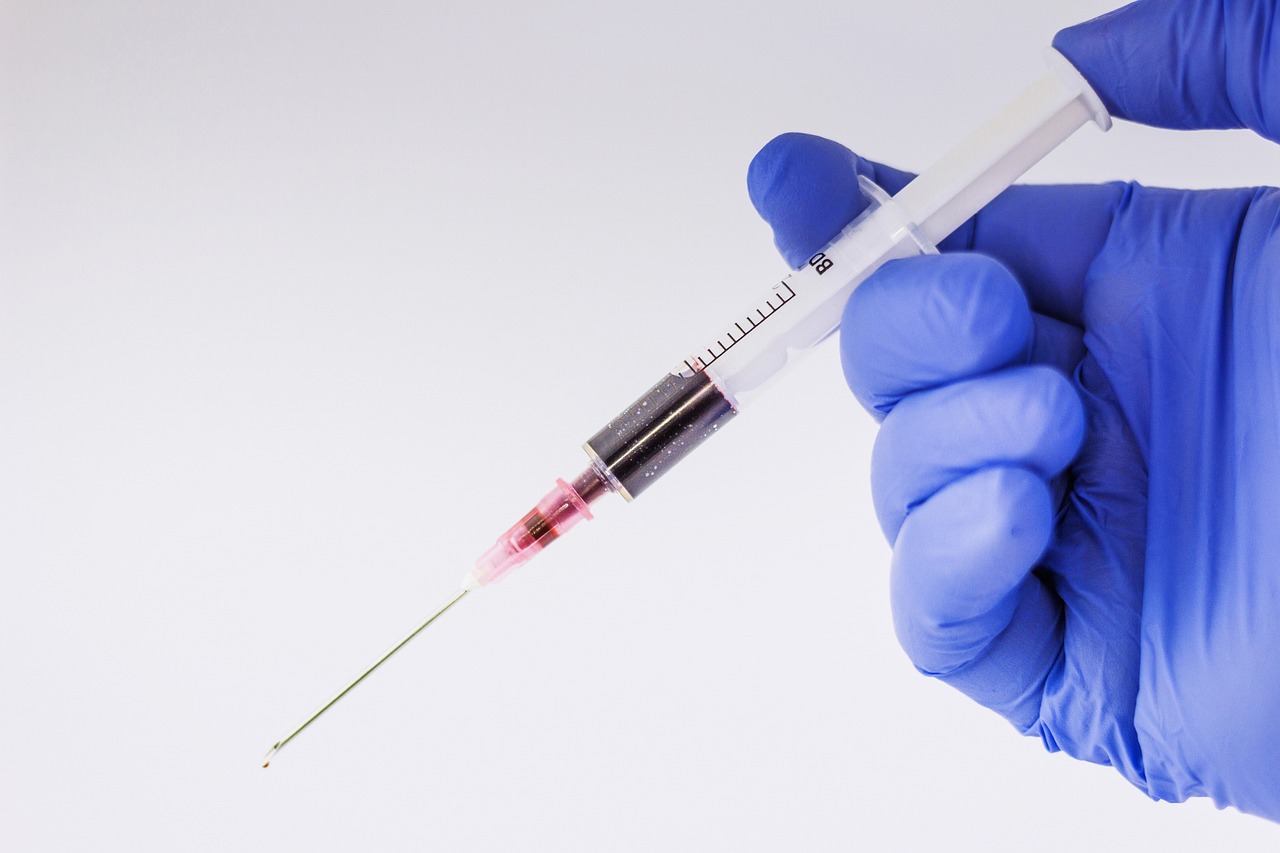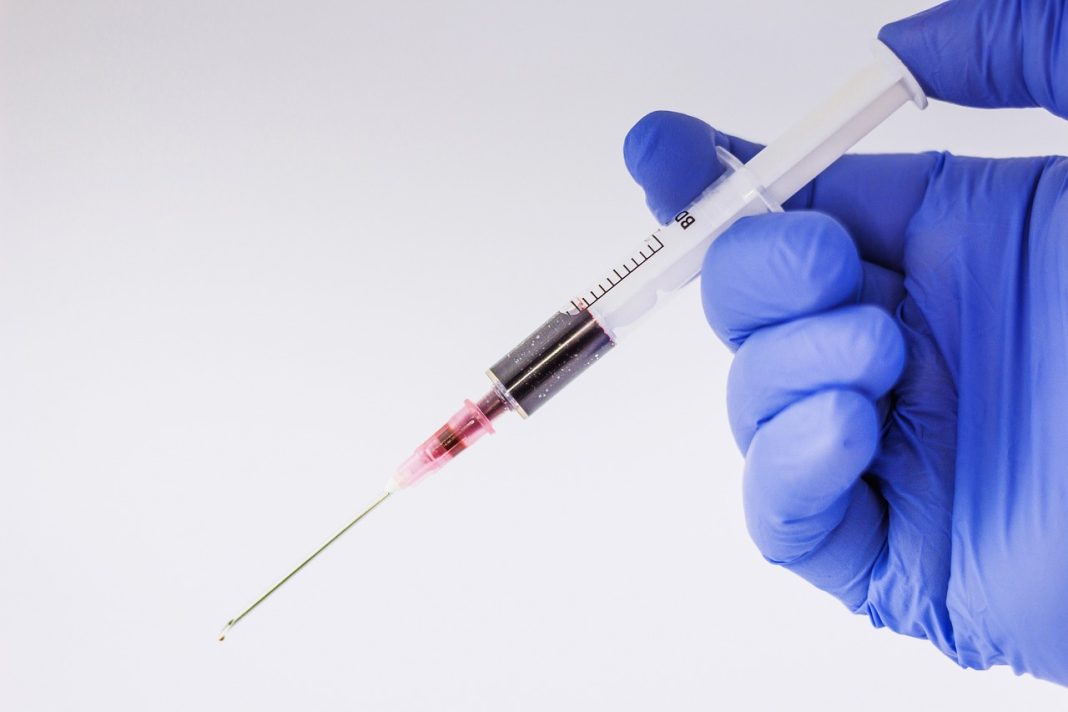
Gum disease, also known as periodontal disease, is a common oral health condition that affects millions of people worldwide. It is caused by the buildup of plaque and bacteria on the teeth and gums, which can lead to inflammation, bleeding, and eventually, tooth loss. Fortunately, there are several effective measures that can be taken to prevent and manage gum disease. In this article, we will explore the causes and symptoms of gum disease, as well as the best strategies for prevention and management. Whether you are looking to maintain good oral health or seeking treatment for an existing condition, this guide will provide you with the information you need to keep your gums healthy and strong.
1. Understanding Gum Disease: Causes, Symptoms, and Risk Factors
Gum disease, also known as periodontal disease, is a bacterial infection that affects the gums and bone that support teeth. It is a common condition that can lead to tooth loss if left untreated. The following are some of the causes, symptoms, and risk factors associated with gum disease.
Causes:
- Poor oral hygiene
- Smoking or tobacco use
- Genetics
- Medical conditions such as diabetes or autoimmune diseases
Symptoms:
- Bleeding gums while brushing or flossing
- Tender, swollen, or red gums
- Receding gums or teeth that appear longer
- Loose or shifting teeth
- Persistent bad breath or bad taste in the mouth
Risk factors:
- Age (gum disease is more common in older adults)
- Gender (men are more likely to develop gum disease than women)
- Smoking or tobacco use
- Poor nutrition
- Stress
It is important to maintain good oral hygiene habits, such as brushing twice a day and flossing daily, to prevent gum disease. Regular dental check-ups and cleanings can also help detect and treat gum disease early. If you experience any symptoms of gum disease, it is important to see a dentist as soon as possible to prevent further damage to your teeth and gums.
2. Gum Disease Prevention: Tips and Strategies for Maintaining Healthy Gums
Maintaining healthy gums is essential for overall oral health. Gum disease, also known as periodontal disease, is a common condition that affects the gums and can lead to tooth loss if left untreated. Here are some tips and strategies for preventing gum disease:
- Brush and floss regularly: Brush your teeth twice a day and floss at least once a day to remove plaque and bacteria that can cause gum disease.
- Use mouthwash: Use an antimicrobial mouthwash to kill bacteria and freshen your breath.
- Eat a balanced diet: Eat a diet rich in fruits and vegetables, which contain vitamins and minerals that help keep your gums healthy.
- Quit smoking: Smoking is a major risk factor for gum disease. Quitting smoking can help prevent gum disease and improve your overall health.
In addition to these tips, it’s important to visit your dentist regularly for checkups and cleanings. Your dentist can detect early signs of gum disease and provide treatment before it progresses. If you notice any symptoms of gum disease, such as red, swollen, or bleeding gums, make an appointment with your dentist as soon as possible. By following these tips and strategies, you can maintain healthy gums and prevent gum disease.
3. Managing Gum Disease: Treatment Options and Best Practices for Optimal Oral Health
Gum disease is a common oral health issue that affects many people worldwide. However, with proper treatment and management, it is possible to control the disease and maintain optimal oral health. Here are some treatment options and best practices to help you manage gum disease:
- Professional dental cleaning: Regular dental cleanings are essential to remove plaque and tartar buildup that can lead to gum disease. Your dentist or dental hygienist will use special tools to clean your teeth and gums thoroughly.
- Scaling and root planing: This is a deep cleaning procedure that removes tartar and bacteria from below the gum line. It helps to smooth out rough spots on the tooth roots, which makes it more difficult for bacteria to accumulate.
- Antibacterial mouthwash: Your dentist may recommend an antibacterial mouthwash to help control the bacteria that cause gum disease. Use it as directed and don’t rinse your mouth with water afterward.
In addition to these treatments, there are several best practices that can help you maintain optimal oral health and manage gum disease:
- Brush your teeth twice a day: Use a soft-bristled brush and fluoride toothpaste to brush your teeth for two minutes each time. Be sure to brush along the gum line to remove plaque and bacteria.
- Floss daily: Flossing removes food particles and plaque from between your teeth and along the gum line. Be gentle and avoid snapping the floss against your gums.
- Eat a healthy diet: A balanced diet that is rich in fruits, vegetables, and whole grains can help to promote oral health and prevent gum disease.
In conclusion, gum disease prevention and management are crucial for maintaining optimal oral health. By practicing good oral hygiene habits, such as brushing and flossing regularly, visiting your dentist for routine check-ups, and avoiding tobacco products, you can significantly reduce your risk of developing gum disease. If you do experience symptoms of gum disease, it’s important to seek prompt treatment to prevent further damage to your gums and teeth. With proper prevention and management, you can maintain healthy gums and a beautiful smile for years to come.








